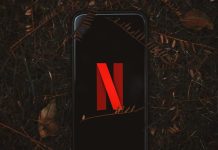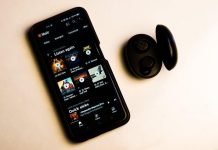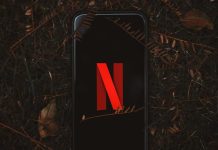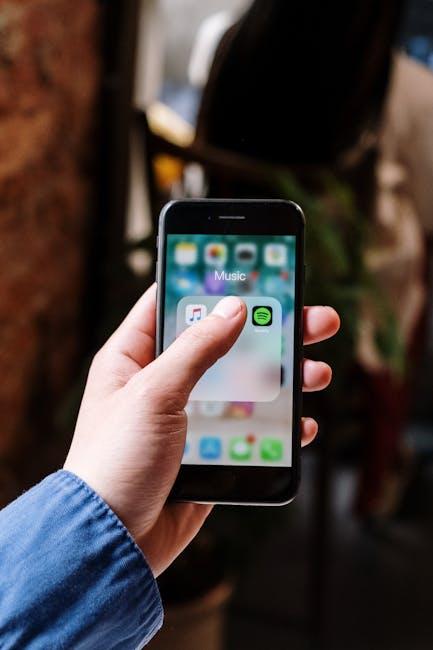In the age of digital streaming, accessing your favorite shows, movies, and music is easier than ever, even if you have an older television set. Streaming sticks have revolutionized the way we consume media, offering a compact and affordable solution to transform any TV with an HDMI port into a smart entertainment hub. However, setting up these devices on older televisions can sometimes be a bit challenging, especially if you’re not familiar with the latest technology. This guide will walk you through the process of setting up a streaming stick on an older TV, ensuring you can enjoy a seamless streaming experience without the need for a brand-new television. Whether you’re looking to binge-watch the latest series or explore a vast library of content, this step-by-step guide will help you get started in no time.
Choosing the Right Streaming Stick for Your TV
When selecting a streaming stick for your older TV, there are a few important factors to consider to ensure compatibility and optimal performance. Firstly, check the available input ports on your TV. Most modern streaming sticks require an HDMI port, but if your TV lacks this, look for models that offer composite or VGA adapters. Additionally, confirm the power source options; some sticks require USB power, which may necessitate an external power adapter if your TV doesn’t have a USB port.
Consider the features and services that are important to you. Resolution is key—while some streaming sticks offer 4K capability, this may be unnecessary for an older TV. Focus on models that support at least 1080p for a good viewing experience. Compatibility with your preferred streaming services is another crucial factor. Make sure the stick supports popular platforms like Netflix, Amazon Prime Video, and Hulu. Lastly, take into account the user interface and ease of use. Look for models with intuitive remotes and user-friendly interfaces, as these will enhance your viewing experience.
- Check for available input ports: HDMI, composite, or VGA.
- Ensure the power source compatibility: USB or external adapter.
- Consider resolution needs: 1080p is typically sufficient for older TVs.
- Verify compatibility with your preferred streaming services.
- Evaluate user interface and remote control ease of use.

Connecting Your Streaming Stick to an Older TV
For those with older televisions that lack HDMI ports, connecting a modern streaming stick might seem like a daunting task. However, with a few additional tools, you can bridge the gap between old and new technology. Start by checking if your TV has composite AV ports, commonly recognized by the red, white, and yellow inputs. To connect your streaming stick, you will need an HDMI to AV converter. This device will convert the digital HDMI signal from your streaming stick into an analog signal that your older TV can understand. Ensure you have the necessary AV cables to complete the connection.
- Purchase an HDMI to AV converter: Choose one that is compatible with your streaming stick and supports the resolution you plan to use.
- Connect the streaming stick to the HDMI port on the converter.
- Plug the AV cables into the converter and match them to the corresponding ports on your TV (red to red, white to white, yellow to yellow).
- Power the converter: Most require a USB power source, so make sure you have a USB adapter or a free USB port on a device nearby.
- Switch your TV to the correct AV input: Use the remote to select the input channel that corresponds to the AV ports you used.
Once everything is connected, you should see the setup screen of your streaming stick. Follow the on-screen instructions to complete the installation. With these steps, you can enjoy streaming your favorite content on an older TV without needing to upgrade to a new one.

Configuring the Streaming Stick for Optimal Performance
To ensure your streaming stick performs at its best, it’s crucial to dive into its settings and tweak a few options. Start by accessing the settings menu on your streaming device. Look for the display settings and select the highest resolution supported by your TV. If your older TV supports 1080p, ensure your streaming stick is set to output at that resolution for the clearest picture quality.
- Network Connection: Connect to a stable Wi-Fi network. For the best streaming experience, position your router close to the TV or use a Wi-Fi extender if necessary.
- Power Source: Ensure your streaming stick is connected to a reliable power source. Using the TV’s USB port might not provide enough power; consider using the adapter provided with the stick.
- Software Updates: Regularly check for software updates. Keeping your device’s software up-to-date ensures you have the latest features and security patches.
- App Management: Uninstall apps you don’t use. This frees up memory and can improve device performance.
By optimizing these settings, your streaming stick will deliver a smoother, more enjoyable viewing experience, even on an older TV.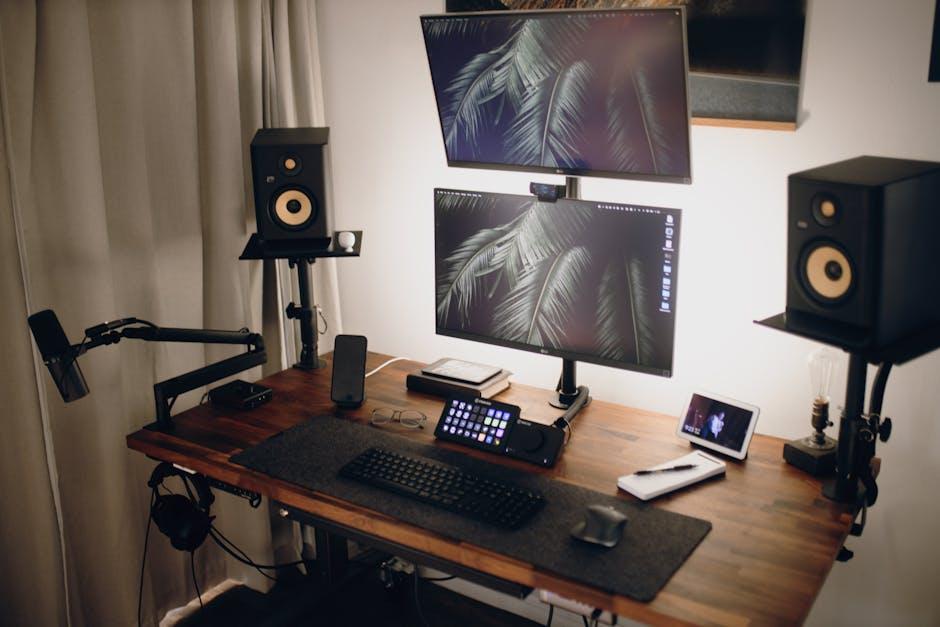
Troubleshooting Common Setup Issues
Setting up a streaming stick on an older TV can sometimes come with its own set of challenges. Here are some common issues you might encounter and ways to resolve them:
- No HDMI Port: Many older TVs lack HDMI ports, which are essential for connecting modern streaming sticks. If your TV only has RCA ports, consider purchasing an HDMI to RCA converter. This device will allow you to connect your streaming stick to the TV using the available RCA inputs.
- Power Source Problems: Streaming sticks typically require a power source. If your TV doesn’t have a USB port or the port doesn’t provide enough power, use the included power adapter and connect it to a nearby power outlet. Ensure that the power cable is securely connected to both the streaming stick and the adapter.
- Remote Pairing Issues: If your remote control isn’t pairing with the streaming stick, try the following steps:
- Replace the batteries in the remote.
- Ensure the streaming stick is fully powered and connected to the TV.
- Press and hold the pairing button on the remote until the indicator light starts flashing.
By addressing these issues, you should be able to successfully set up your streaming stick and enjoy your favorite content on your older TV. If problems persist, consult the user manual or contact customer support for further assistance.
